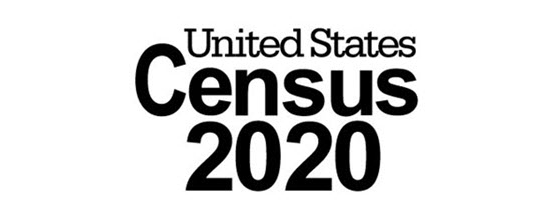Main menu
The U.S. Census Bureau

Opportunity
The decennial census is the U.S. government’s largest peacetime project. The 2020 Census will require counting around 330 million people in more than 140 million housing units. A field operation will count the people in each household who did not provide an initial response by mail, phone or online. This operation will be conducted by more than 400,000 temporary workers called “enumerators,” who will work for several weeks with variable daily and weekly schedules.
The U.S. Census Bureau has performed a large-scale re-engineering of processes, relying on advances in technology and available data to reduce cost, maintain quality, and minimize risk. For the first time since the U.S. Census launched in 1790, enumerators will collect data electronically via issued smartphones, rather than with pen and paper. Field operations will rely heavily on automation and a new local operational control system, called “MOJO,” that enables a transformation in case assignment, enumerator workloads, and enumerator supervision. MOJO is powered by a set of algorithms that the Bureau developed to optimize routes and assign work for the enumerators in the field.
During the testing phase of systems and processes for the 2020 Census, Bureau leadership requested an external review of the MOJO Optimizer to better understand the risks with its algorithmic approach and solution methodology, and to determine additional enhancements.
Approach
Based on the recommendation of the Census Scientific Advisory Committee, the Bureau retained Princeton Consultants. A Princeton Consultants team tested and reviewed the code of the models, interviewed Bureau personnel about the MOJO Optimizer, the business problems it addresses, and the current solution methodology chosen by the Bureau for addressing the problems. The team presented its recommendations for addressing issues and further mitigating risks in the proposed approach.
Challenges
Big Data: On each day, over the course of six weeks, tens of millions of open cases need to be efficiently assigned to enumerators so that the likelihood of a successful visit is maximized while travel time and mileage are minimized.
Black Box: In the evening preceding each day, assignments are made in over 700 different regions, which are geographically diverse, ranging from cities to rural areas.
Results
MOJO will contribute greatly to the transformation of the 2020 Census. Initial estimates project cost savings for taxpayers of $2.5 billion. The optimized assignment and routing, combined with the automation from the mobile devices, will help yield an estimated 70 percent increase in enumerator productivity.
The final results of the 2020 Census will directly impact every U.S. resident by determining the borders of legislative districts; assigning the number of congressional representatives for each state; and providing guidelines for the distribution of billions of dollars of federal funds every year.
The US Census Bureau and Princeton Consultants have been named finalists for the 2022 Edelman Award, the world's leading Operations Research and Analytics award.